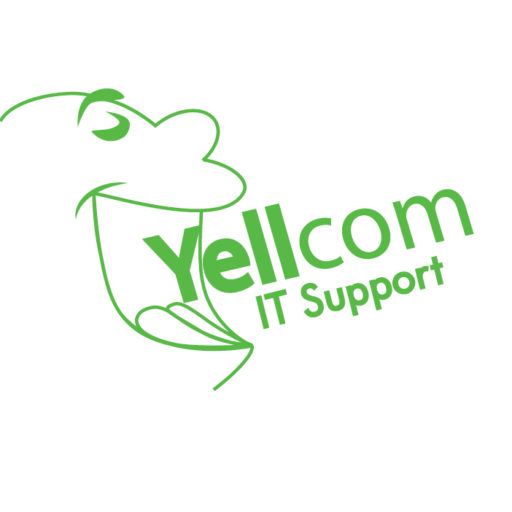What is VPN and Why Use It?
A Virtual Private Network (VPN) service adds a secure layer of encryption to the network traffic. With hardware and software VPN solutions available in the marketplace, your security goals determine if you need a VPN solution and, if you do, what type of VPN solution.
Why Use a VPN Solution?
Not all communications over the unsecured internet need to be secured with VPN. For example, when you access from home an on-line banking service or your email on your Microsoft Exchange cloud server, the https://… secure protocol uses a 256-bit encrypted connection. No need for VPN.
Usually, inside a building is a secure private local area network (LAN) or intranet. The exception to this rule is a public or a guest LAN in such places as a coffee shop or a hospital. Outside the building is the unsecured wide area network (WAN) or the internet.
Your internet service provider (ISP) supplies you with the internet service, which connects directly to your router. Your private LAN, inside the building, connects to the other side of the router. When properly configured, the router secures the private LAN.
A VPN service protects you when you are connected to an unsecured public LAN or when you require access to shared remote resources back at the office. Shared resources are typically file and print services on the server.
Hardware VPN Solutions
When utilizing VPN hardware, such as SonicWall VPN routers at both ends, the VPN services are integrated into the routers. The site-to-site VPN tunnel passes encrypted internet traffic between the integrated VPN servers.
Besides enjoying access to the local services on their LAN, such as access to shared local file and print services, they also have access to shared remote services on the destination LAN. For example, a user could mount a remote file share on their drive G: and then access the remote folders and files as if they were local.
When a user on a laptop located outside of the office wants to connect to an office computer and its services, they must first connect to a wired LAN or to a wireless Wi-Fi connection and then run a software VPN solution provided by the hardware router-VPN manufacture. Also, while using a VPN outside of the office, all network traffic must go through the remote VPN server before travelling over the unprotected Internet.
Operating a laptop on another LAN (public or private) is risky unless the laptop has the proper cybersecurity protections, such as provided by Yellcom Managed Cybersecurity Protection Services. Otherwise, a hacker gaining access to the unprotected or improperly protected laptop also has access to the resources on the remote office LAN.
So, you need a hardware VPN solution when you require access to remote shared services, such as printers, file shares, databases, etc.
Software VPN Solutions
Software VPN solutions such as: ExpressVPN and NordVPN focus security at your local device. These solutions give you secure access on public LANs.
Once your network traffic reaches the distant VPN server, your network traffic enters the unprotected Internet and continues to the destination device or server.
A software VPN solution offers four features:
- Browse privately by blocking:
- Your traffic from other users on a public Wi-Fi connection
- Man-in-the-Middle (MitM) attacks on Public Wi-Fi
(Airports, hotels, coffee shops, libraries, and commercially shared offices or workspaces are just a few examples.)
- Your traffic from the ISP so they cannot share it with third parties or down grade your internet speed due to excessive streaming
2. Bypass local DNS filtering (censorship) at schools and businesses
3. Unlimited streaming by bypassing geo-restrictions and ISP limits
4. Mask your location by making yourself appear to be in a different place
So, you need a software VPN solution when you require one or more of the situations above.
Summary
Most users working from a home office or from a small secure business office do not need a VPN solution.
You do need a software VPN solution when accessing the internet from a public LAN or a public Wi-Fi connection.
Contact Us
Contact us if you wish to discuss your possibilities.
